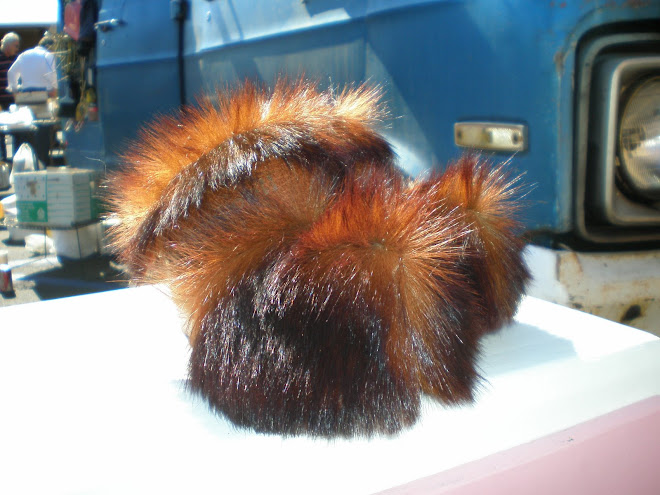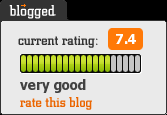
Another book that caught my attention while perusing the Bronx Public Library on E. Kingsbridge is Timothy Lee Wherry's, "The Librarian's Guide to Intellectual Property in the Digital Age" (2002) published by the American Library Association. Obviously, the book is industry specific, but at the same time Wherry's style is down-to-earth and accessible. In other words, even though it reads, "Librarian's Guide," it does not mean that only librarians can understand Wherry's text.
By far, this has been the book that has best expressed the difference between Copyright, Patent, and Trademark. And, the background information that it offers help to conceptualize those differences. For example, "All intellectual property protection in the U.S. is granted by Article 1, Section 8 of the Constitution, 'Congress shall have the power...to promote the progress of science and useful arts, by securing for limited times to authors and inventors the exclusive rights to their respective writings and discoveries" (pg 1). I had no idea what the basis for these laws were and this book starts with that specific aspect. Wherry also brings up an important fact, "It has been estimated that 80 percent of the wealth of the United States comes directly or indirectly from intellectual property."
According to Wherry, "Copyright concerns artistic expression...is protection for the expression of an artistic idea that is 'fixed in some tangible means' according to Title 17 of the U.S. Code...The idea in the artist's or author's mind must take a physical form" (pg 3). "Patents are divided into three types: utility patents, design patents, and plan patents.. Utility patents cover those things we normally think of as inventions." Last, "Trademarks concern the identification of commercial origin. Trademarks protect 'any word, name, symbol or device, or any combination thereof adopted by a manufacturer or merchant to identify his goods and distinguish them from those manufactured or sold by others" (pg 4). Of course, there are many fine distinctions, and Wherry's book does a splendid job of presenting scenarios that might easily confuse.
For example, Wherry writes, "the easiest way to define how protection applies to each type is by examining...the Rolls Royce hood ornament" (pg 6). "Charles Sykes, a famous sculptor of the time, created the Rolls Royce automobile hood ornament, know as the "Flying Lady," in 1910...The Flying Lady is protected by a copyright because it was, in its inception, a sculpture. The Flying Lady is also the registered trademark of the Rolls-Royce automobile company. But how is the Flying Lady protected by a patent...Orignally, the sculpture functioned as the automobile's radiator cap" (pg 7).
Moreover, when it comes to copyright, Wherry explains, "Once an artistic expression takes a tangible form, the copyright holder has five exclusive rights: the right to copy; the right to prepare derivative works; the right to distribute copies; the right to perform the work publicly; and the right to display the work publicly" (pg 8) An interesting thing that I learned and did not know was that, even if you pay 8 million dollars for a painting, you do not hold the copyright for that painting. Therefore, if you want to produce copies of the painting and sell them you need the explicit permission of the painter. I believe that same thing would apply for the permission to display the painting in a museum or like venue. I had no idea!
But, it is Wherry's explanation of Fair Use that I found most interesting. "Fair Use is a loophole in the copyright law that allows someone other than the copyright holder to copy and distribute copyrighted material under certain conditions without first obtaining permission" (pg 17). But, at the same time, Wherry argues that, "The goal of fair use is to avoid the rigid application of the copyright statue when it would stifle the very creativity the law was meant to foster" (pg 18). There are four guiding factors that determine whether Fair Use can be invoked:
1.) The purpose and character of the use, including whether such use is of a commercial nature or is for nonprofit educational purposes.
2.) The nature of the copyrighted work.
3.) The amount and substantiality of the portion used in relation to the copyrighted work as a whole.
4.) The effect of the use upon the potential market for or value of the copyrighted work. (pg 19-20)
This book can be found on Google Books here

.png)

No comments:
Post a Comment